Ricoh GXR: M-Mount Unit with Minolta Rokkor 28 mm
Another Acquisition for the M-Mount Unit | Body with Lens Attached | Some Technical Data | Sample Images | Conclusions | Links
Archive
After Ricoh's official announcement of the M-mount expansion unit, I decided to buy one, although I had originally not intended to do so. Here are my first personal experiences with the lenses that I bought (or tried to buy). This page is devoted to the Minolta M-Rokkor 28mm f/2.8 lens, my seventh purchase.
All lens pages: Voigtländer 15mm f/4.5 | Zeiss Biogon 21mm f/4.5 | Voigtländer 25mm f/4 (M39) | Minolta M-Rokkor 28mm f/2.8 | Zeiss Biogon 35mm f/2.8 | Zeiss Sonnar 50mm f/1.5 | Voigtländer 75mm f/2.5 (M39) | Leitz Elmar-C 90mm f/4 | Leitz Tele-Elmar 135mm f/4
Another Acquisition for the M-Mount Unit
I bought a Minolta M-Rokkor 28mm f/2.8 lens at ebay (from a dealer at a fixed price) at the beginning of April 2013. It was meant to close the gap between 21 mm and 35 mm, which it fits in exactly with its focal length of 28 mm. However, the resulting equivalent focal length of 42 mm almost corresponds to a normal lens (many photographers prefer such a focal length of about 40 mm...) and not, as intended, a moderate wide angle lens of 35 mm (equivalent). About a year later, I therefore bought another lens: a Voigländer Snapshot-Skopar 25mm f/4, that, with its focal lenght of 37.5 mm equivalent, more closely matches a classic 35 mm lens.
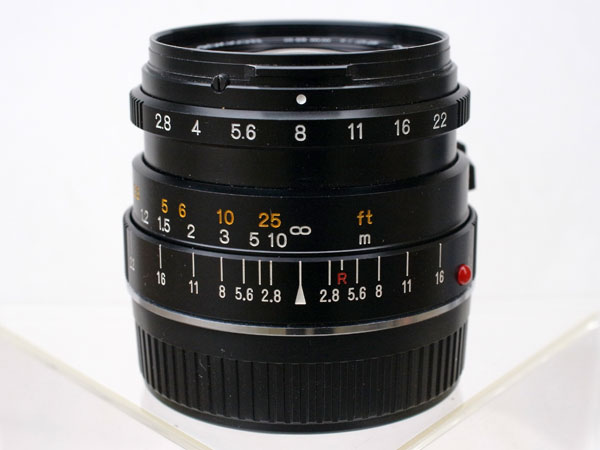 |
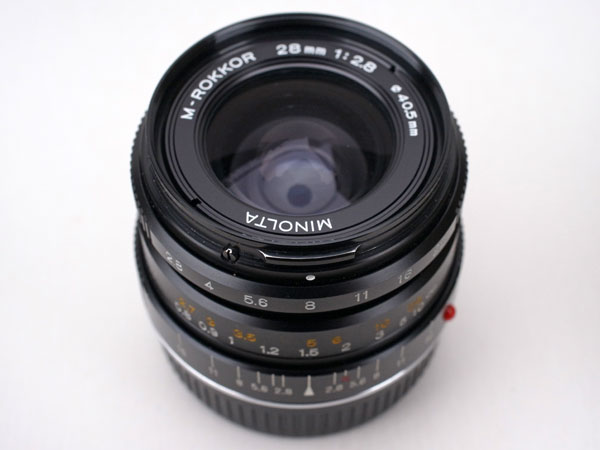 |
Photos: Arrived on April 4, 2013, a Minolta M-Rokkor 28mm f/2.8 (42 mm equiv.)
The Minolta M-Rokkor 28mm f/2.8 was developed for the Minolta CLE, the successor to the Leica/Minolta CL, in the early 1980s. Because Leitz discontinued the CL, there is no Leitz version of this lens. It is a genuine lens calculation done by Minolta, not a revision of a Leitz lens, and it has been praised for its image quality. It is, in a way, a companion to the Leitz Elmar-C 90mm f/4 that I also own (its Minolta counterpart was the only Japanese lens that was ever built in Germany).
The Minolta CLE was sold between 1981 and 1985, so my Minolta M-Rokkor 28mm f/2.8 sample should be from this period.
On the M-mount expansion unit, this lens has an equivalent focal length of 42 mm and thus, works like a "short" normal lens. Some people favor 40 mm lenses, so this one is for them...
A Short Story About White Spots...
The Minolta M-Rokkor 28mm f/2.8 has, on the one hand, a good reputation for its image quality, and, on the other hand, is infamous for the "white spots" problem (see photo below). It can also have issues with haze. I therefore looked a little bit around on the Internet to learn more about these issues.
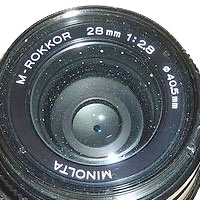
Photo: Sample of the Minolta M-Rokkor 28mm f/2.8 with white spots (from the Internet, adapted)
White spots typically appeared after a few months and are caused by the glue that was used in the lens. Some sources state that humidity may also let the spots appear.
Minolta repaired defective samples at not cost in the 1980s. It is open whether they still deliver this service - and Minolta does regrettably no longer exist. But there seems to be a technician in the Netherlands who still repairs Minolta M-Rokkor lenses. But this requires some effort and is therefore quite expensive. In cases of severe damages he even seems to refuse the repair because of the effort and cost. Many users report that white spots usually do not degrade image quality and that after a repair there was no noticeable improvement in image quality. Therefore, the best strategy is probably to do nothing as long as the image quality is OK. Haze seems to be a bigger problem to image quality, and there were several reports on this issue in the Internet as well (often both issues go together...).
Anyway, If you should consider buying this otherwise nice lens, you should make sure that your sample does not have white spots (some dealers point this out in their ads, while others do not...). A few small spots should not have negative effects on image quality though...
When I bought the lens in 2013, the lens seemed to have no white spots. When I took another look at it in 2015, it showed spots on a metal surface, which do not seem to degrade the image quality.
Body with Lens Attached
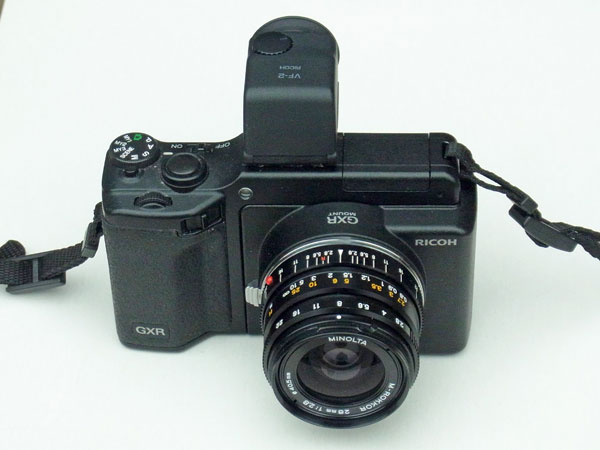 |
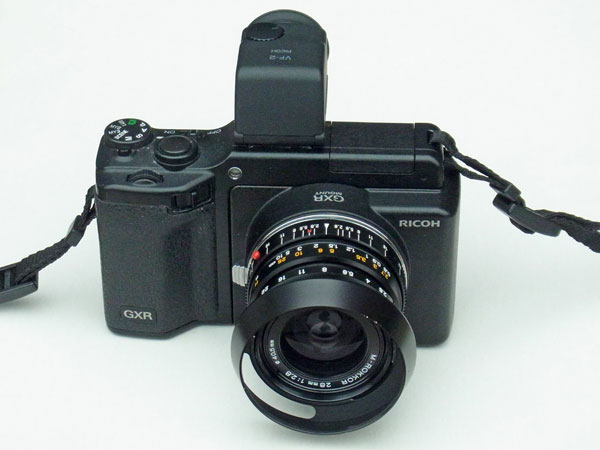 |
Photos: Body with A12 M-mount expansion unit attached and Minolta M-Rokkor 28mm f/2.8 lens (right: with lens hood)
Some Technical Data
| Focal length | 28 mm (42 mm equiv.) |
| Angle of view (35mm film) | 75° diagonal |
| Maximum aperture | 2.8 |
| f-stop range | 2.8-22 |
| Number of iris blades | 10? |
| Number of lenses/groups | 7/5 |
| Shortest distance | 0.8 m |
| Weight | 155 g |
| Length | 35.5 mm |
| Maximum diameter | 51 mm |
| Filter thread | 40.5 mm |
| Lens hood | yes, see photo above (bayonet) |
Sample Images
Here are first samples taken with the Minolta M-Rokkor 28mm f/2.8 lens (click the images to view the unprocessed original files in a new window):
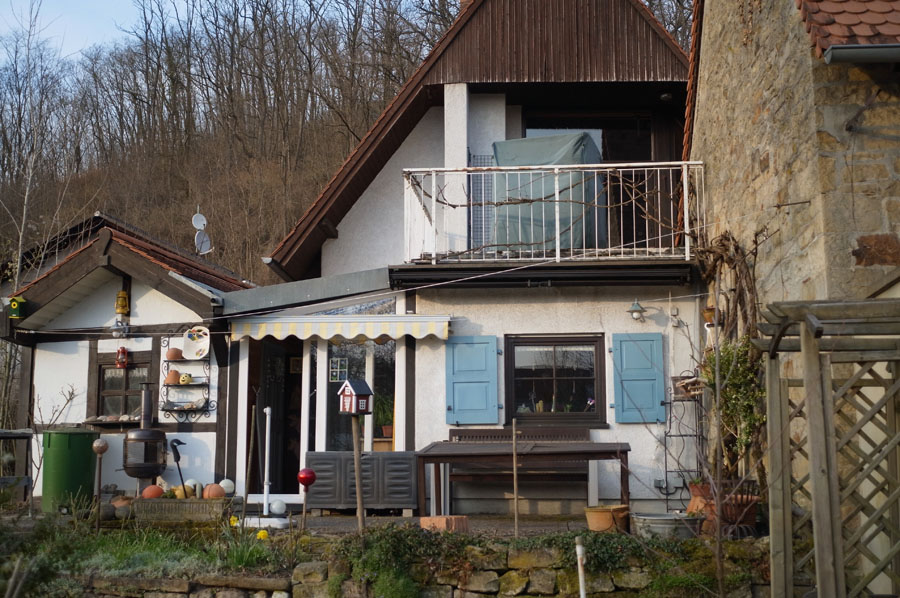 |
 |
|
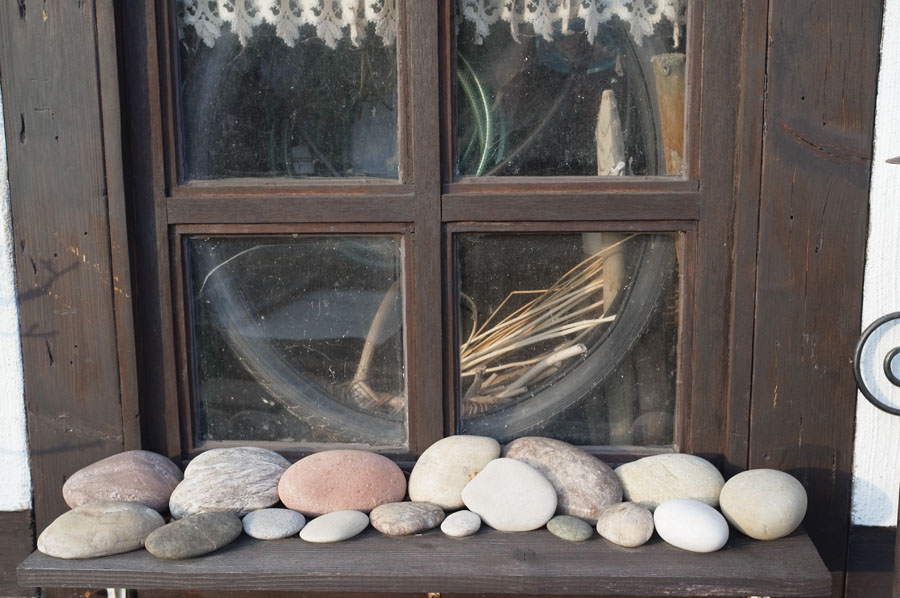 |
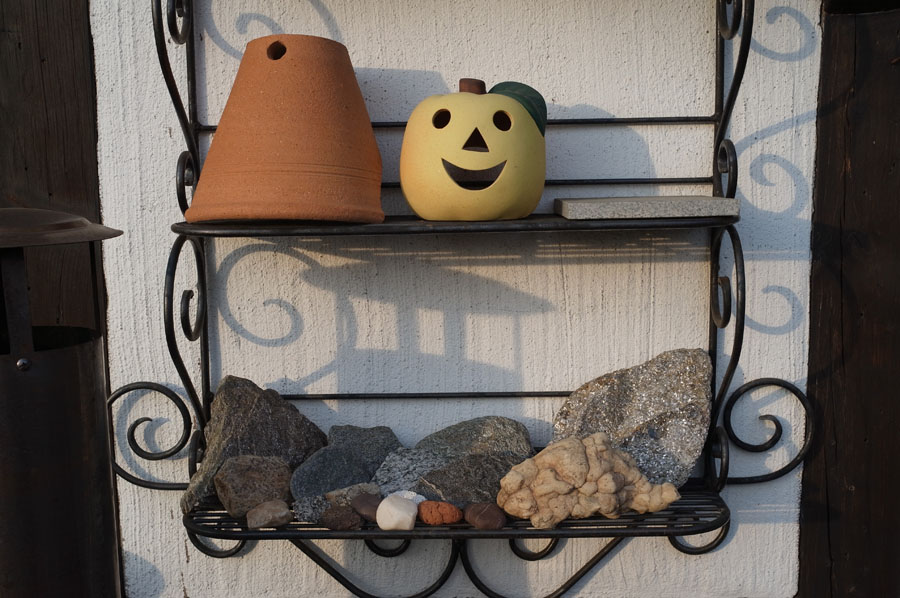 |
|
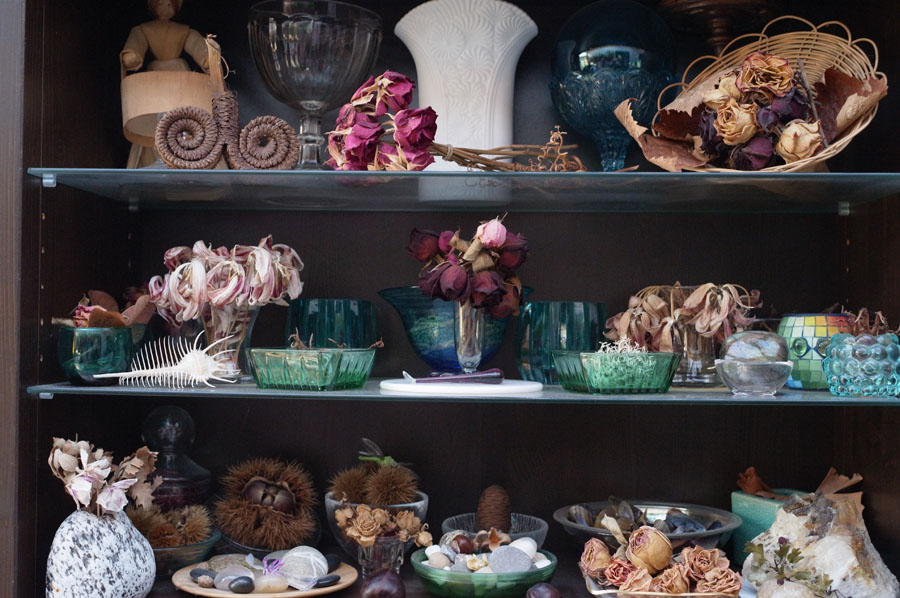 |
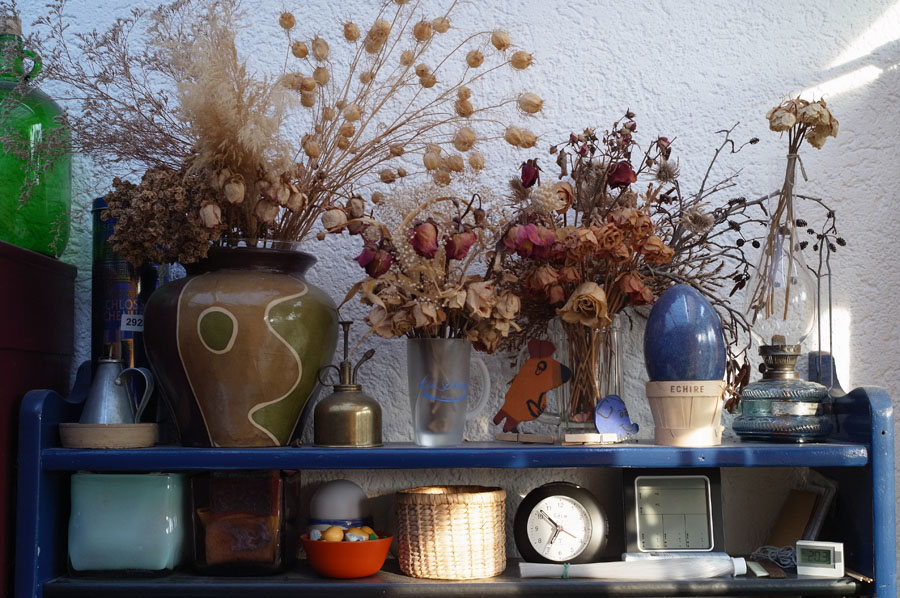 |
|
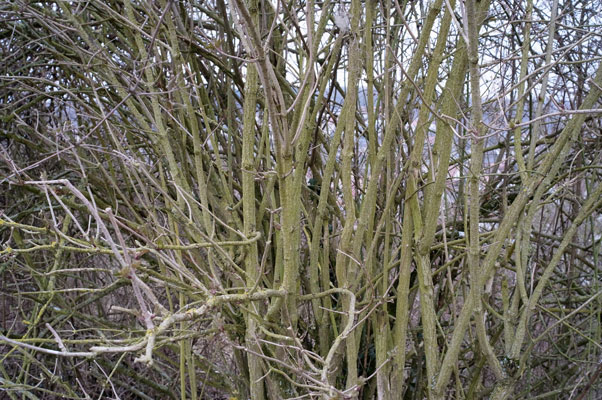 |
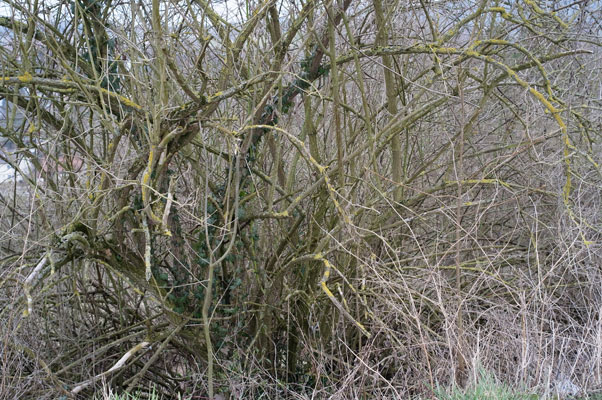 |
|
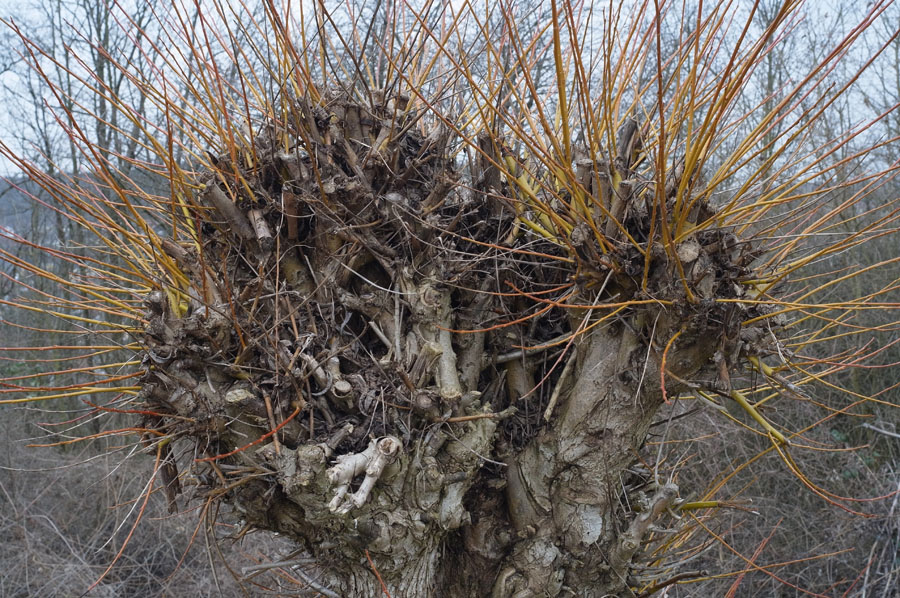 |
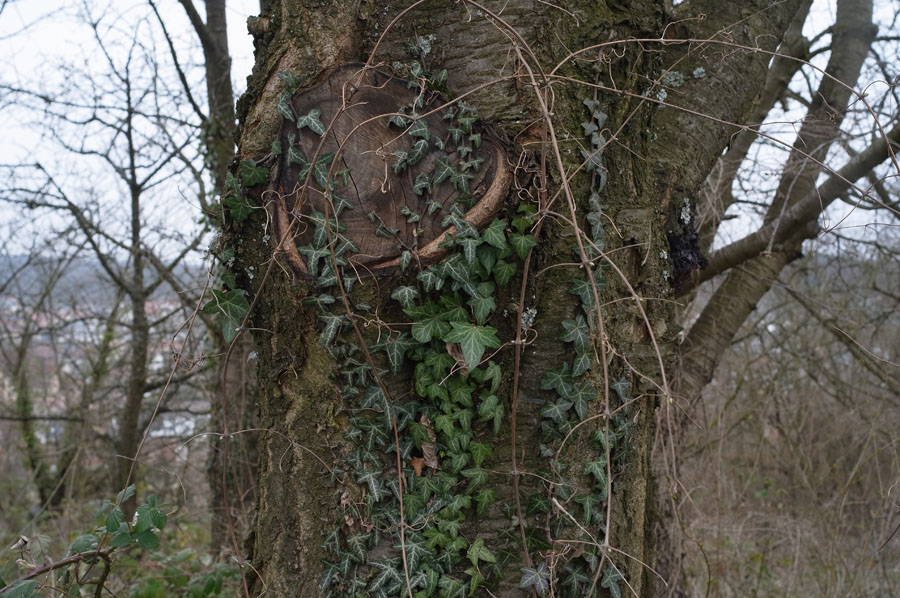 |
|
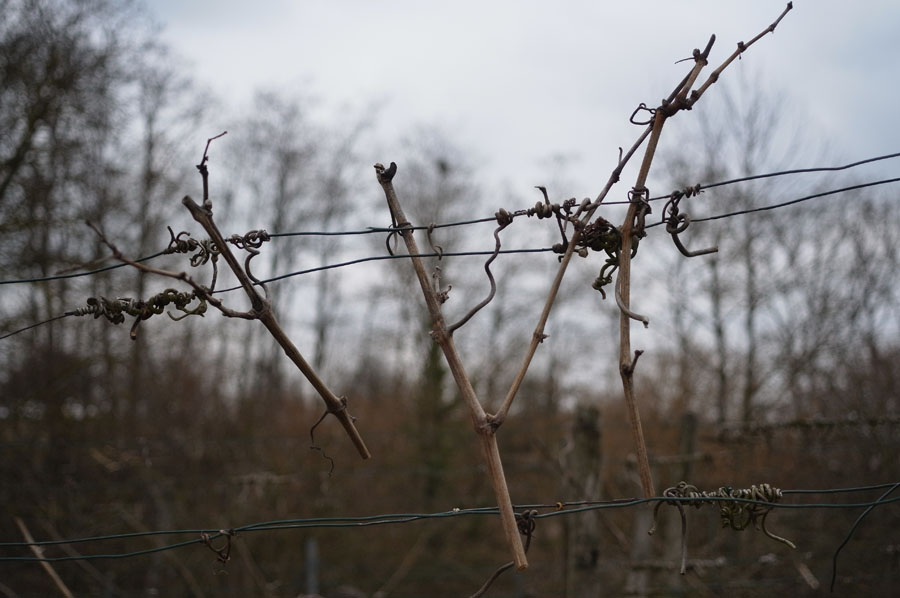 |
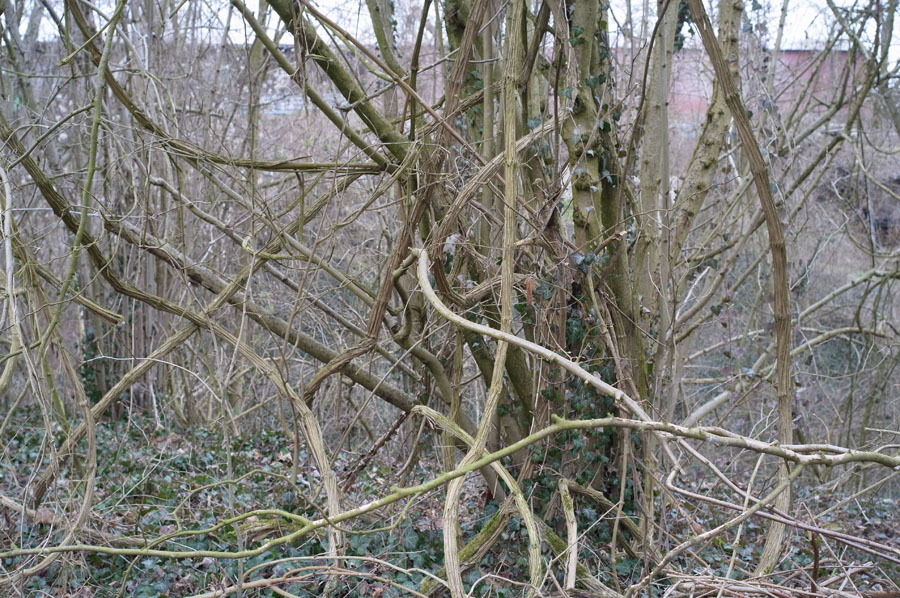 |
|
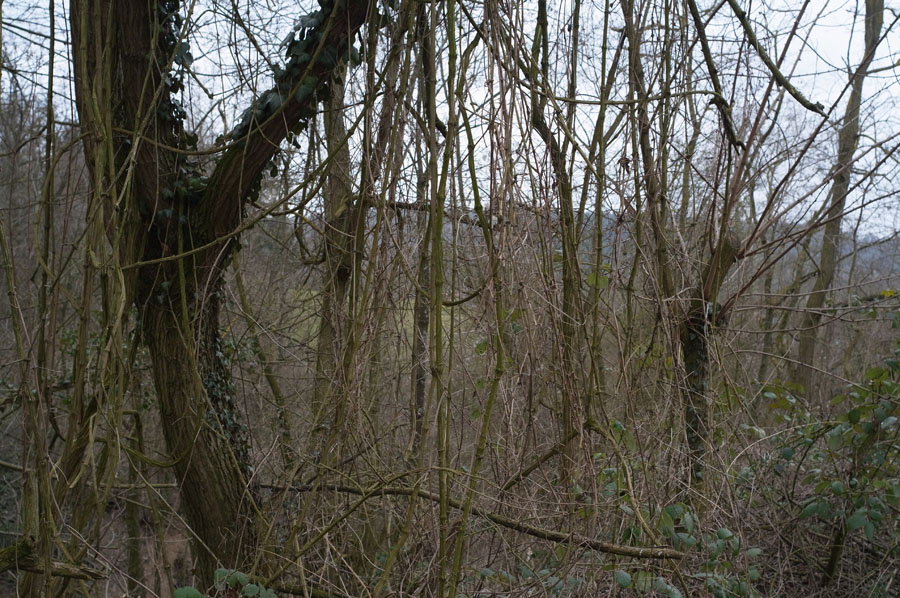 |
Conclusions
Disclaimer: I am not a lens expert who sees marked differences between various Leica and/or other lenses. I can check for soft corners, find differences in color rendition, and, in rare cases, may discover a "3D look", but that's all. Please regard therefore my conclusions as the verdict of a "layman".
My first tests with this lens revealed that the corners are a little soft at wide open (f/2.8), but sharpness improves when the lens is stopped down to f/5.6 or f/8. At the center, the lens sems to be quite sharp already wide open. All in all, the photos look overall sharp to me, and I am quite pleased with the results that the M-Rokkor 28mm f/2.8 lens produces on the M-mount unit.
Links
- Olypedia: Leica CL (German): olypedia.de/Leica_CL#Minolta_M-Rokkor_1:2.2C8.2F28_mm
- Article about the Minolta CLE, includes some remarks on the Minolta M-Rokkor 28mm f/2.8: www.cameraquest.com/cle.htm
For more links related to the Ricoh GXR M-mount expansion unit, see page M-Mount Links.
| 19.11.2020 |